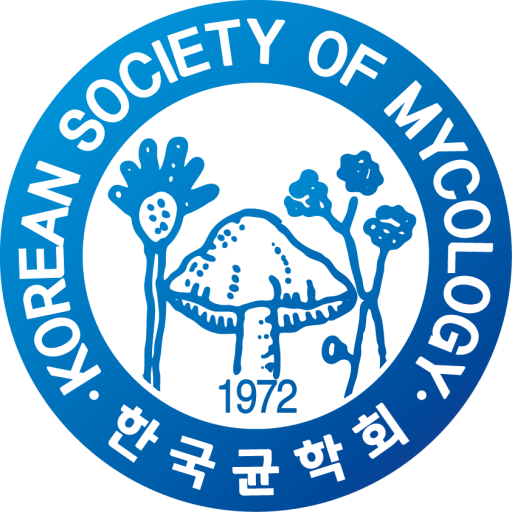Fungal Diversity in Freshwater Lakes
Min Kyung Kim#, Beom Seok Oh#, Thuong T.T. Nguyen and Hyang Burm Lee*
Environmental Microbiology Lab, Dept. of Agricultural Biological Chemistry, College of Agriculture & Life Sciences, Chonnam National University, Gwangju 61186, Korea
*Email: hblee@jnu.ac.kr
#These authors contributed equally to this work
Fungi in freshwater play essential ecological roles as part of the microbial loop, such as decomposing organic matter and serving as a food source for zooplankton. To date, approximately 3,870 fungal species have been reported from freshwater ecosystems worldwide. Most studies on freshwater fungi have focused on those inhabiting decaying leaves in streams, whereas the diversity of freshwater fungi in lake environments remains poorly understood. During an investigation on the fungal diversity in freshwater lakes, a total of 114 strains were isolated from freshwater samples collected at Sejong Lake, Seoul Forest Central Lake, Uhwajeong Pavilion Lake and Yongji Lake, located in Sejong, Seoul, Jeongeup and Gwangju, respectively. These strains were identified based on morphological characteristics and phylogenetic analyses using multi-genetic markers, including the internal transcribed spacer (ITS), large subunit (LSU) and small subunit (SSU) regions of rDNA, as well as elongation factor 1-alpha gene (tef) and β-tubulin (BenA) coding genes. The strains were identified as 41 species, representing 28 genera, 24 families, 11 orders, and 7 classes. Among them, one species formed a distinct clade within genus Hongkongmyces, showing it is new to science. In addition, seven species, namely Bartalinia kevinhydei, Irpex lenis, Neopestalotiopsis concentrica, Ophiosphaerella chiangraiensis, Penicillium compactum, Torula chiangmaiensis, and Gorgonomyces aquaticus, were first discovered in Korea. Herein, detailed morphological descriptions and phylogenetic characteristics of the newly described species are provided in this poster.

 English
English